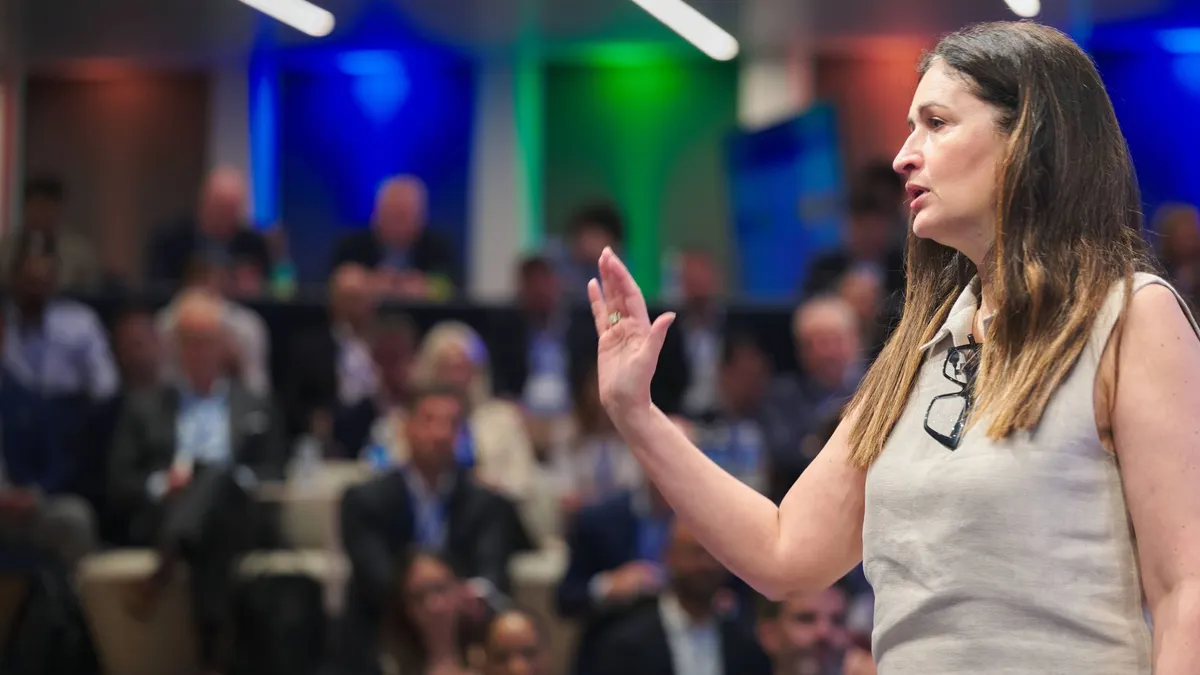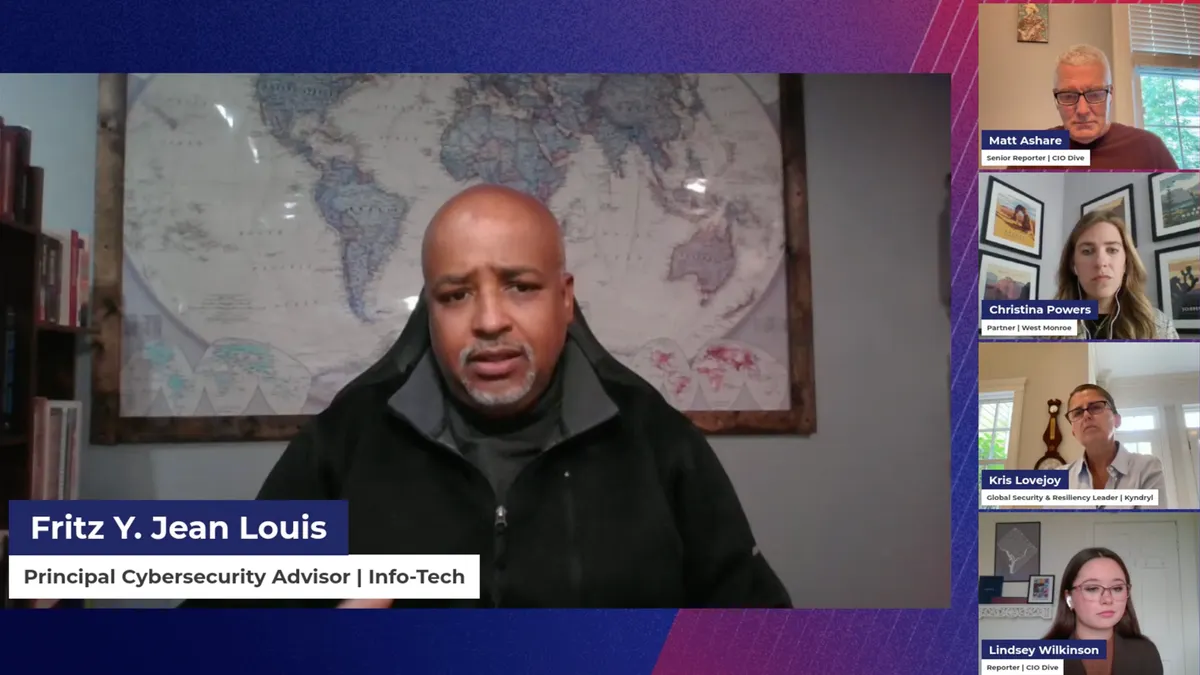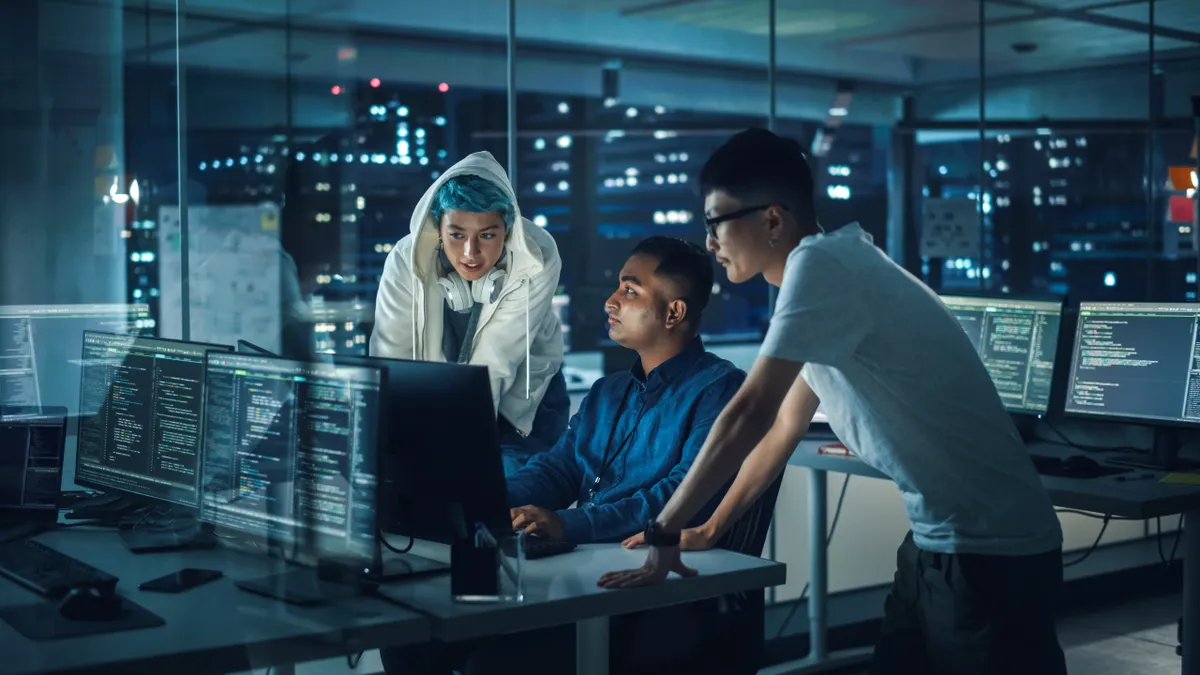ORLANDO, Fla. — CEOs are expecting their CIOs to provide the business with an innovation roadmap. But the path ahead isn't always clear.
The dizzying pace of enterprise technology development is causing CIOs to make consequential decisions on vendor selection, computing and talent even as seismic changes are taking place. To future-proof IT strategies, executives must be aware of the trends that are coming.
Tech analyst firm Gartner outlined a list of top technology trends for CIOs in 2026 and beyond, based on a review of venture capital investments in hundreds of emerging markets, patent submissions and analyst assessments. Tori Paulman, VP analyst at Gartner, described the trends as catalysts for business transformation.
“What feels different this year is the pace," Paulman said in a release accompanying the list. "We’ve seen more innovations emerge in a single year than ever before. Because the next wave of innovation isn’t years away, organizations that act now will not only weather volatility but shape their industries for decades to come.”
These are some of the top technology trends CIOs will contend with in the coming year and beyond, which analysts presented Monday at the Gartner IT Symposium/Xpo.
1. AI native development platforms
AI has been making its way into software development processes for years. But the pace of adoption has picked up significantly as tools have matured.
Now, Gartner expects, equipping developers with AI development tools will lead to smaller development hubs that can meet or exceed the capacities of today’s larger teams. Four in 5 organizations will have smaller development teams due to the use of AI-native development platforms by 2030, according to Gartner.
To harness the productivity increase, CIOs must ensure governance is part of the transformation equation.
"Because you're producing more and more applications, you're going to have to make sure the security guardrails are also built into this development process," said Gene Alvarez, distinguished VP analyst at Gartner, during a conference session on Monday.
2. AI super computing platforms
Technology providers are pouring unprecedented resources into building infrastructure to support AI. The computing arms race is a response to rising demand for specialized compute, a trend that will directly affect CIOs in the year ahead.
Increased use of AI will influence enterprise infrastructure decisions, pushing CIOs to adopt purpose-built systems that can simultaneously improve productivity while helping to optimize costs.
"Start by pinpointing where your AI compute 'traffic jam' is and focus on those areas, because that will enable your developers to develop faster," Paulman said during the Monday session. "You should explore how hybrid architectures and modular infrastructure will support your most important use cases."
3. Multiagent systems
Businesses are eyeing agentic AI for its potential to supercharge operations. Although most businesses are still in the early stages of single-use agents, they’ll soon head to orchestrated multiagent systems, Gartner expects.
The path to multiagent implementation starts with small steps, Alvarez said.
"Don't build large, monolithic agents," Alvarez said. "They become too hard to manage, and they bring the challenge of having hallucinations. You want to also make sure that you don't think of these multiagent systems as a human — they augment humans, they work alongside them."
4. Domain-specific language models
Vendors are jockeying for leadership in the development of general language models, but AI applications built on tailored models are likely to deliver more value to enterprises.
"CIOs are sitting on a value gold mine," said Paulman. "You have the ability to build domain-specific, large language models as a digital service."
More than half of generative AI models used by enterprises will be domain-specific in the next three years, Gartner expects. The adoption of these more custom models will give way to the development of specialized job roles, including context engineers — specialists tasked with feeding models the most appropriate sources.
5. Geopatriation
AWS, SAP and Oracle are among the providers spending billions to deploy sovereign cloud offerings, partly driven by regulatory requirements. The effort will continue next year and beyond, as businesses seek to bring more of their digital assets into locally available infrastructure — a trend Gartner calls geopatriation.
More than 3 in 4 European and Middle Eastern enterprises will geopatriate workloads to curb geopolitical risk by 2030, up from less than 5% in 2025, according to Gartner.
"In today's geopolitical turbulence, home is taking on a new importance in our digital strategies," said Paulman. "Sovereign clouds are offering the ability to have a new safe harbor, a place where your applications are protected, they're compliant, and they're just reassuringly close."






















